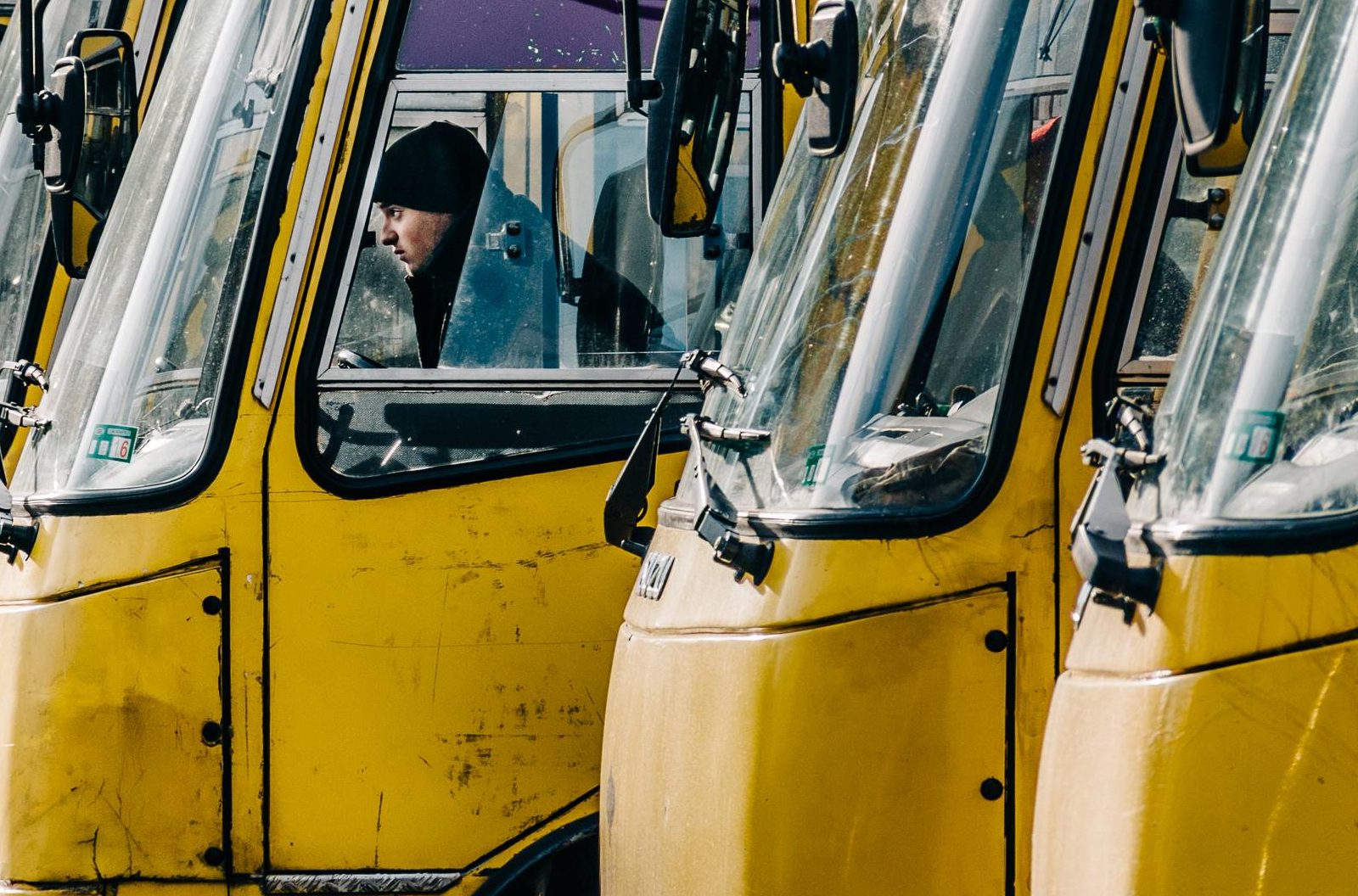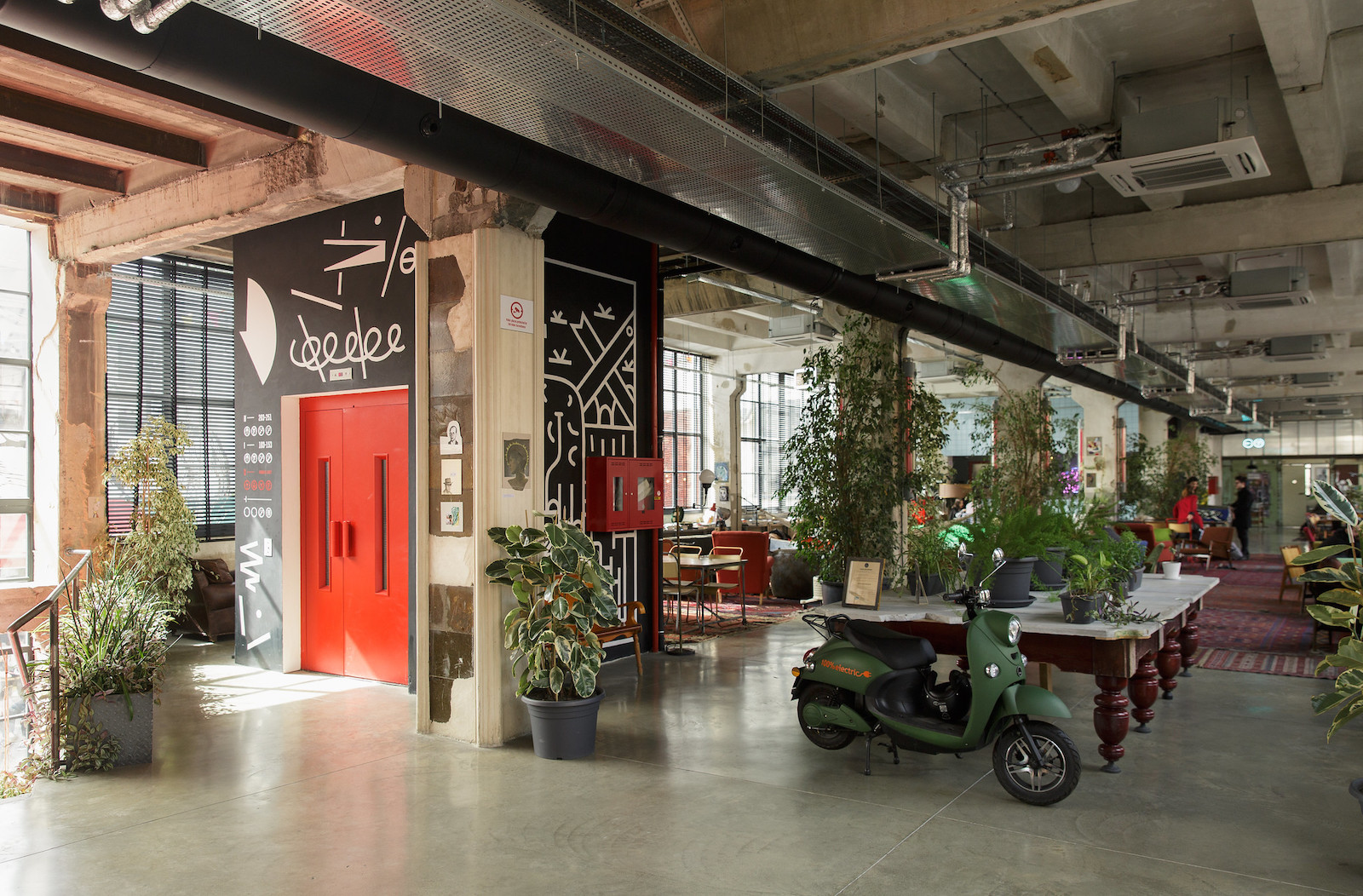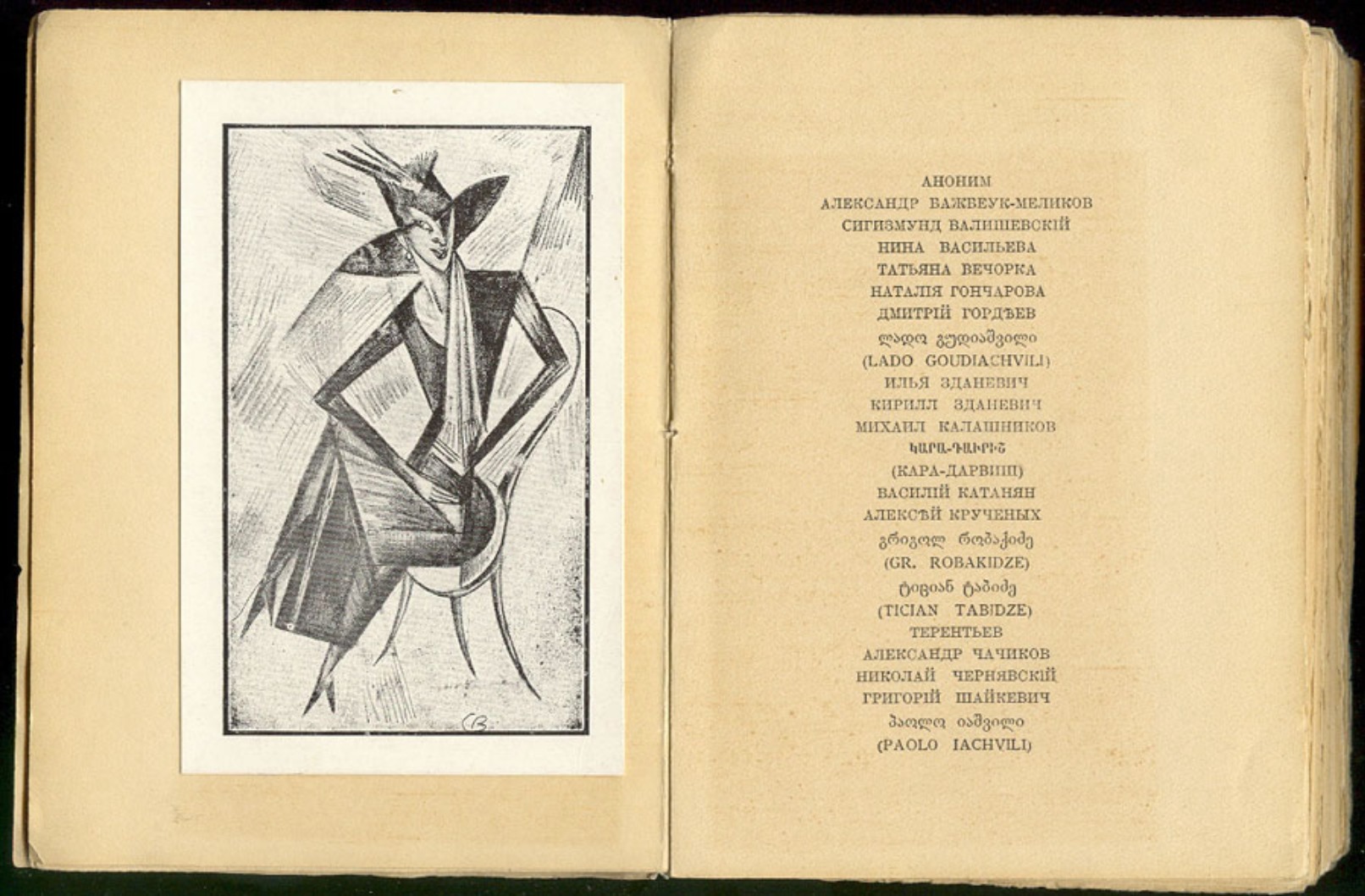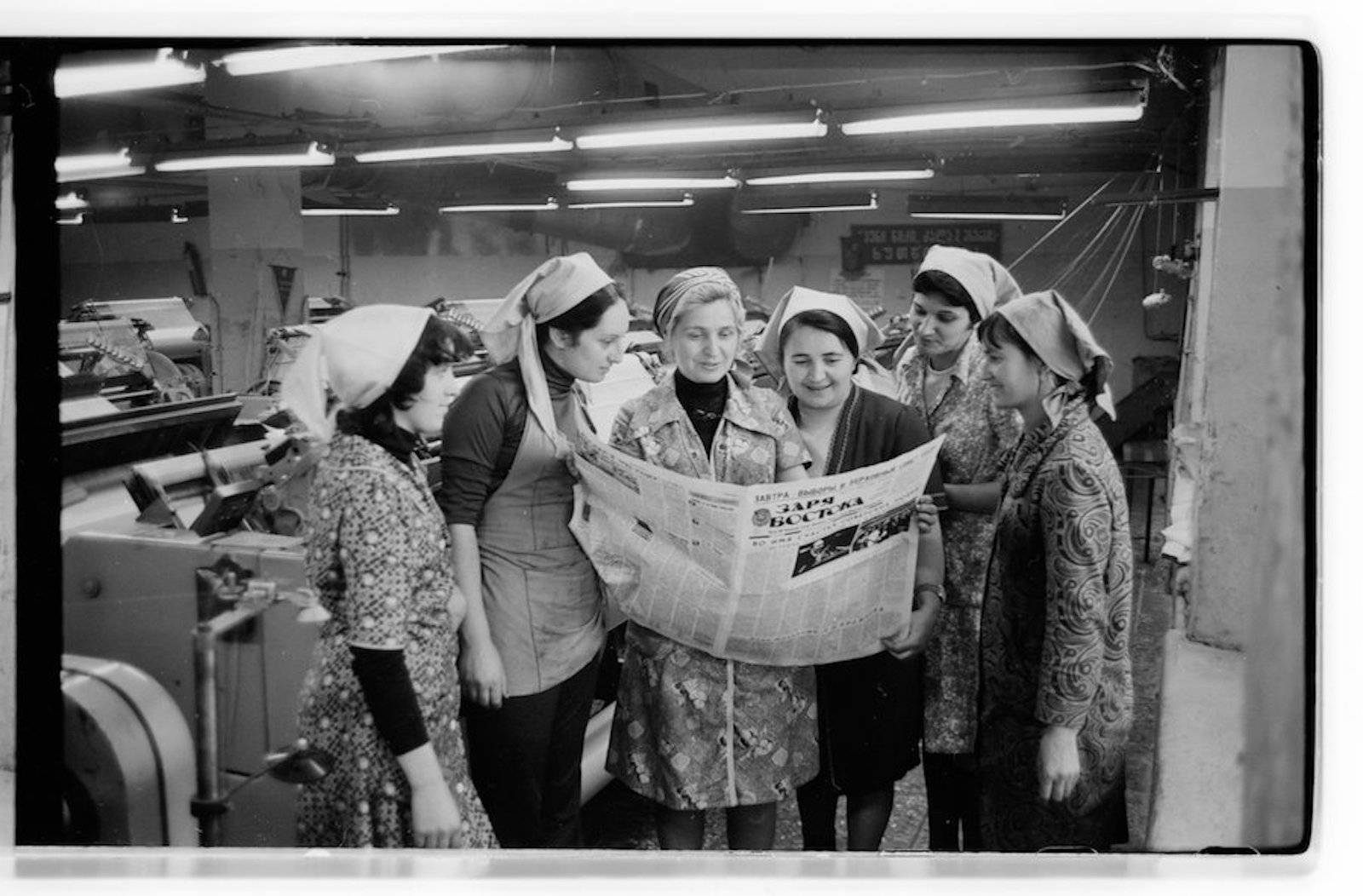
Freedom of Transportation
[et_pb_section fb_built=”1″ _builder_version=”4.2.2″ custom_padding=”||0px|||”][et_pb_row _builder_version=”4.3.2″ width=”100%” max_width=”100%” custom_padding=”||0px|||”][et_pb_column type=”4_4″ _builder_version=”4.3.2″][et_pb_text _builder_version=”4.4.4″ header_font=”|700|||||||” header_2_font=”|700|||||||” header_3_font=”|700|||||||” header_4_font=”|700|||||||” header_5_font=”|700|||||||” header_6_font=”|700|||||||” custom_margin=”||21px||false|false” hover_enabled=”0″ border_style_all=”dotted” border_color_bottom=”#f1f1f1″]
“The street is the river of life of the city, the place where we come together, the pathway to the center.”
–William H. Whyte
Freedom of movement is a fundamental right. This is not something specific to the European Union. It applies worldwide. However, having rights is one thing, being able to exercise them is another. This is a problem we, in Georgia, are all quite familiar with.
Don’t get me wrong. This does not mean that public transport should be free, but that it should be as accessible as possible.
Mass public transportation that is reliable, affordable, and safe, as well as infrastructure and facilities that make walking and biking a viable option, translates into a much more mobile and freer life for the city-dwellers.
This is one thing every single citizen would agree on. Public transportation is the arteries of cities and, as such, plays a critical role in ensuring that the needs of its citizens are met.
This begs the question – if public transportation is so great, why are there so many cars? After all, we are taxing ourselves by operating our own personal vehicles. You’re basically working one day each week, sometimes, even more, to pay for your car expenses.
[/et_pb_text][et_pb_image src=”https://iamtbilisi.com/wp-content/uploads/2020/08/4996114359_413c5e16b5_o-1.jpg” alt=”Freedom of Transportation” title_text=”Freedom of Transportation” show_bottom_space=”off” _builder_version=”4.4.4″ locked=”off”][/et_pb_image][et_pb_text _builder_version=”4.4.4″ text_font=”||||||||” text_text_color=”rgba(0,0,0,0.55)” text_font_size=”12px” text_line_height=”1.1em” header_font=”|700|||||||” header_2_font=”|700|||||||” header_3_font=”|700|||||||” header_4_font=”|700|||||||” header_5_font=”|700|||||||” header_6_font=”|700|||||||” background_color=”#f1f1f1″ custom_margin=”||||false|false” custom_padding=”8px|13px|8px|13px|true|true” locked=”off”]
✱ Photo by Martin Lukk
[/et_pb_text][et_pb_text _builder_version=”4.4.4″ custom_margin=”||-3px|||” custom_padding=”||16px|||”]
We can answer this question by examining the showoff nature of Tbilisians and affinity to luxurious goods, but I think the only answer that is worth giving is this:
“The public transportation system in Tbilisi sucks.”
The Chains of Traffic
It feels like the whole essence of Tbilisi is dominated by cars, traffic, and roads. It’s turning into a car city. When moving around the town, you will notice that there is no driving culture, none. You can see how everybody driving as they feel like can catalyze the traffic.
Every turn you take, you are greeted by a long row of barely moving cars, broken traffic lights, nearly erased road markings, or construction sites that are blocking the roads. Even if you somehow manage to get to where you were going, you need to search for a parking spot. It’s like searching for a seat on a packed bus.
It gets to the point where you just want to get out of the car, leave it right where it is, and just walk to your destination.
Rousseau once said, “Man is born free, and everywhere he is in chains.” In our case, the chains are made of an endless row of static cars throughout the city. Our transportation capacities are shackled by them.
[/et_pb_text][et_pb_image src=”https://iamtbilisi.com/wp-content/uploads/2020/08/25983084342_071ea91eba_o-scaled.jpg” alt=”Freedom of Transportation” title_text=”Freedom of Transportation” _builder_version=”4.4.4″ custom_margin=”||-1px|||”][/et_pb_image][et_pb_text _builder_version=”4.4.4″ text_font=”||||||||” text_text_color=”rgba(0,0,0,0.55)” text_font_size=”12px” text_line_height=”1.1em” header_font=”|700|||||||” header_2_font=”|700|||||||” header_3_font=”|700|||||||” header_4_font=”|700|||||||” header_5_font=”|700|||||||” header_6_font=”|700|||||||” background_color=”#f1f1f1″ custom_margin=”||||false|false” custom_padding=”8px|13px|8px|13px|true|true” locked=”off”]
✱ Photo by Ijubar
[/et_pb_text][et_pb_text _builder_version=”4.4.4″]
Public Transport is Just Another Word for Freedom
Five words. The efficient public transportation system.
This can solve all these problems, given that Tbilisians put their poshness aside and actually try to use public transportation.
Most riders are “dependent” passengers constrained and resigned to a bus commute, compared to the “selective” riders who have better options. Frequently, increasing ridership is framed as growing choice riders, but we should really focus on the dependent passengers.
The golden rule here is to imagine what kind of service the dependent bus rider would want, and deliver that, rather than trying to dream up a service for the choice rider.
Dependent riders want affordability, consistency, efficiency, and other minor stuff, like comfortable driving experience. This means that the more diversified the transportation system is, the more choice a person has.
[/et_pb_text][et_pb_image src=”https://iamtbilisi.com/wp-content/uploads/2020/08/15705435394_c7ea1155be_o.jpg” alt=”Freedom of Transportation” title_text=”Freedom of Transportation” _builder_version=”4.4.4″ custom_margin=”||1px|||”][/et_pb_image][et_pb_text _builder_version=”4.4.4″ text_font=”||||||||” text_text_color=”rgba(0,0,0,0.55)” text_font_size=”12px” text_line_height=”1.1em” header_font=”|700|||||||” header_2_font=”|700|||||||” header_3_font=”|700|||||||” header_4_font=”|700|||||||” header_5_font=”|700|||||||” header_6_font=”|700|||||||” background_color=”#f1f1f1″ custom_margin=”||||false|false” custom_padding=”8px|13px|8px|13px|true|true” locked=”off”]
✱ Photo by Kat Terek
[/et_pb_text][et_pb_text _builder_version=”4.4.4″]
Streets Used to be for People, Now They are for Cars
Not so long ago, “public spaces” were for people to hang around and stuff. Now, the streets are completely surrendered to traffic. Roads need to reflect that these are places for people, not just conduits for cars.
Transportation is a means for accomplishing essential goals—like economic productivity and social engagement—not an end in itself.
Designing city roads to fit community contexts can help increase developable land, create open spaces, and reconnect communities to their neighbors, a waterfront, or a park. They can reduce household dependency on the automobile, allowing children to walk to school, connecting districts, and helping build healthier lifestyles by increasing the potential to walk or cycle. Think public benefit, not just private convenience.
Now, we are not public transportation planning experts here. Thus, we are not in a position to supply the government with system improvement plans, but we can say this:
Just like everyone else, we too can see that there is a problem. Needless to say, everyone wants the problem fixed. We are the ones you, as the government, serve. We tell you what we need, you figure out how to deliver.
P.S – Renovation of Ilia Chavchavadze Avenue is excellent for public transport as it’s now isolated from the traffic. But by doing this, you reduced the number of general transportation lanes to one, thus literally dooming private vehicles to hours of traffic.
Cover photo by Esin.
[/et_pb_text][/et_pb_column][/et_pb_row][/et_pb_section]


